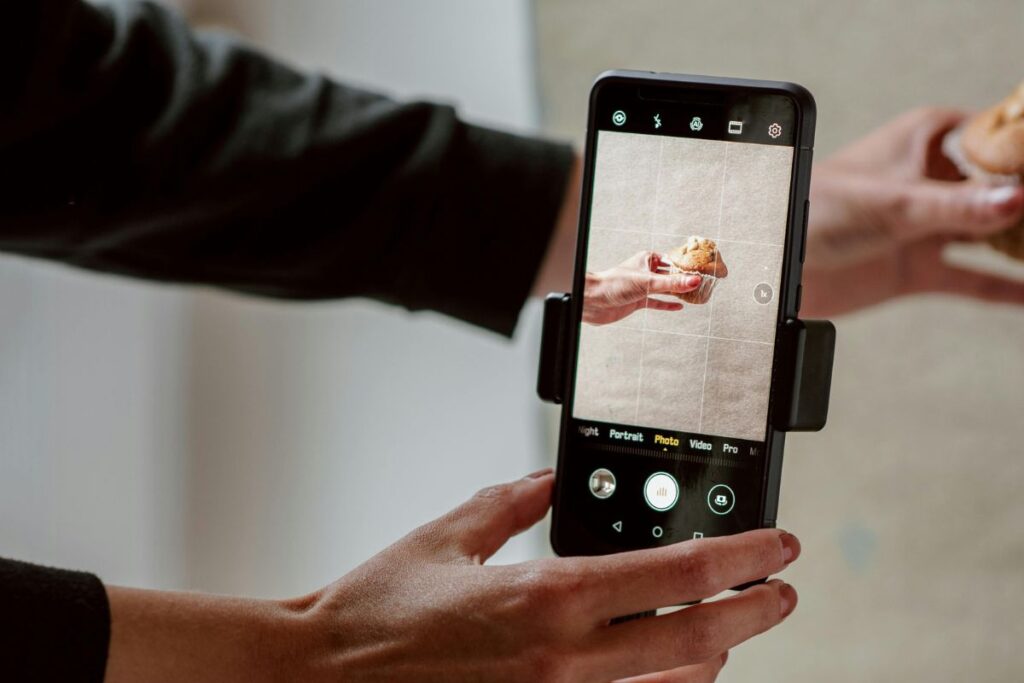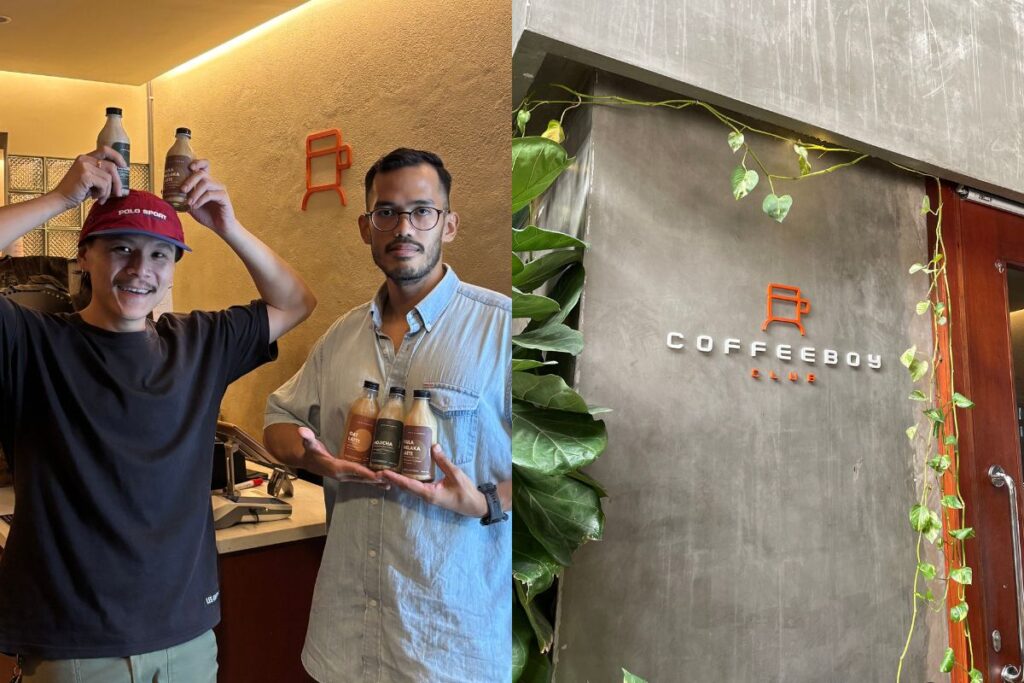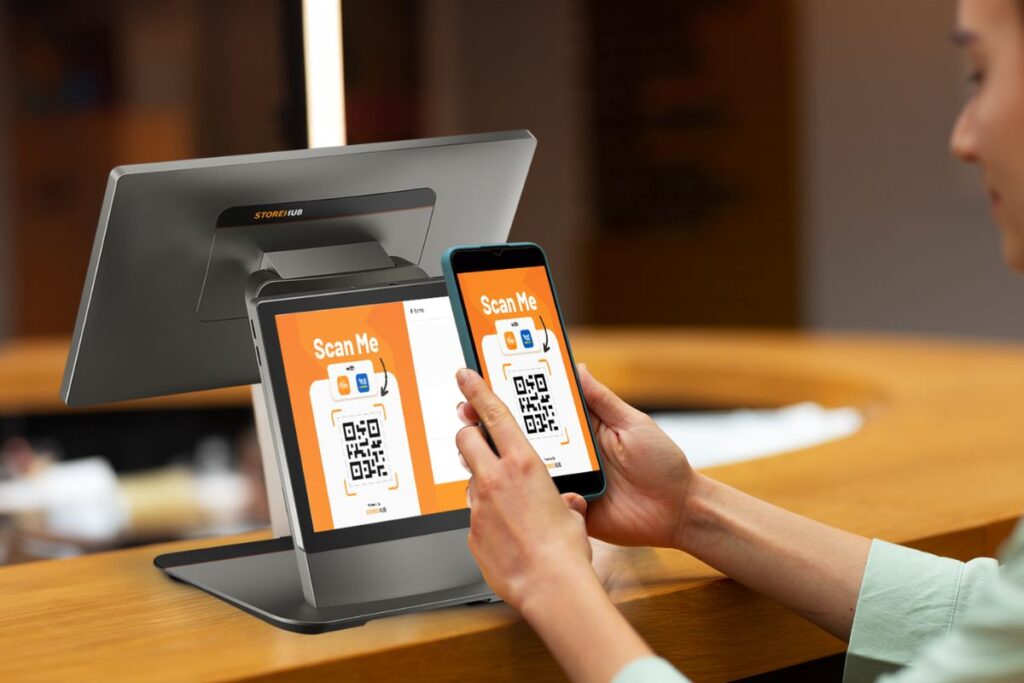In Malaysia’s crowded F&B and retail scene, strong branding is what makes customers remember you, trust you, and come back for more.
But let’s be honest: branding can feel overwhelming when you’re just starting out – especially if you don’t have a team of designers, strategists, or a big marketing budget.
The good news? You don’t need any of that to build a memorable, professional brand. You just need the right foundation, a bit of consistency, and a clear idea of what you want to be known for.
Here’s a beginner-friendly guide to help you get started with branding – whether you’re opening your first café or giving your retail shop a fresh identity.
What Branding Really Means For Your Business
When most people hear “branding,” they immediately think of logos or colour schemes. But real branding goes far beyond design. It’s about perception – how customers feel about your business, and what they remember after they leave.
When it comes to running an F&B or retail business, branding can be the reason a customer chooses your kopitiam over the café next door, or why someone keeps coming back to your boutique even when cheaper alternatives exist online. A strong brand builds trust, emotional connection, and long-term loyalty – something especially crucial in saturated areas like SS15, Mont Kiara, or George Town.
Take Binq Dessert, for example. In a city where dessert cafés and bingsu shops are everywhere, how do they stand out?
Apart from their delicious and innovative flavours, Binq Dessert stays top of mind through their strong social media game. They regularly post funny, engaging Reels – sometimes even featuring their founders, Lovy and Rainey, in trend-driven content that feels relatable and entertaining. By consistently showing up with a distinct tone and personality, they’ve built a loyal customer base and grown to four locations in high-traffic areas.
So before you dive into the design phase, ask yourself: What do I want my brand to be known for? Reliability? Quality? A rebellious streak? Your answer will shape everything else.
Build Your Brand Identity From the Ground Up

This is where your brand begins – defining who you are, what you stand for, and how you want people to remember you.
Start by clarifying your brand’s core personality. Are you warm and approachable, or sleek and premium? Fun and quirky, or minimalist and modern? This brand persona will guide every decision you make – from your logo to your language.
Then comes the visual branding. Your logo, colour palette, and fonts should reflect that personality. For instance, a neighbourhood café with a fun, youthful vibe might use bold colours and playful illustrations, while a premium fashion boutique may go for monochromes and elegant serif fonts.
Use affordable tools like Canva to create your initial visual assets – logos, menus, social media templates – especially if you’re just starting out and don’t have the budget for a full branding agency.
At this stage, you’re setting the foundation of your brand’s identity. It’s the blueprint that everything else – from marketing to operations – will build on.
Translate Your Branding Into the Customer Experience
Once your brand identity is in place, the next step is bringing it to life – through your day-to-day operations and how customers interact with your business.
In F&B, this could mean designing your space and plating to match your brand’s tone.
A clean, modern café might serve food in minimalist ceramics, while a nostalgic kopitiam-style café could lean into vintage cutlery and retro music. The way your team greets customers or handles complaints should also reflect your brand’s tone of voice – be it friendly, premium, cheeky, or anything in between.
For retail businesses, brand experience shows up in packaging, store layout, after-sales service, and even the way your team walks customers through the shop. A premium skincare store might offer personalised consultations and delicate wrapping, while a trendy fashion brand could throw in handwritten notes and bold Instagrammable bags.
The key is consistency. Online or offline, every customer interaction should feel cohesive. Train your team to embody your brand values in how they speak and act. Audit your customer journey to make sure that your website, storefront, and social media aren’t telling three different stories.
When your branding isn’t just seen but felt, that’s when customers really start to connect.
Use Simple Branding Strategies To Build Recognition

You don’t need a massive marketing budget to build a strong brand. In fact, some of the most recognisable F&B and retail businesses in Malaysia started with small but consistent branding efforts that added up over time.
Start with your packaging. Whether it’s a custom thank-you card or even a heartfelt note, these small touches can turn a simple order into something memorable. They also encourage social sharing, which boosts visibility without spending a single ringgit on paid ads.
Next, streamline your social media. Stick to a consistent colour palette, visual style, and tone of voice across all your posts. If your brand is playful and casual, let that shine through your captions and visuals. If you’re going for clean and premium, keep things minimal and refined.
Even your loyalty program can reflect your brand’s personality. A sleek café might offer digital cashback with elegant graphics, while a more laid-back eatery might keep it fun with witty stamp cards or playful reward tiers. The key is making sure your promotions and rewards feel like a natural extension of your brand.
And don’t underestimate the power of storytelling. Sharing behind-the-scenes moments, founder journeys, or even day-to-day struggles adds authenticity. Customers connect more deeply with brands that feel human – not just transactional.
Ultimately, consistency across every touchpoint – whether it’s your storefront, Instagram feed, or order confirmation email – is what makes your brand recognisable.
Final Thoughts
Branding isn’t just for the big players.
For Malaysian F&B and retail businesses, it’s a powerful way to stand out, attract the right crowd, and build loyalty in a highly competitive market.
Start with what feels authentic to your business. Define your personality, stay consistent across all touchpoints, and make sure your customer experience reflects what you stand for.
Because you don’t need a massive budget or a full creative team – just a clear vision and the discipline to keep showing up with purpose.



